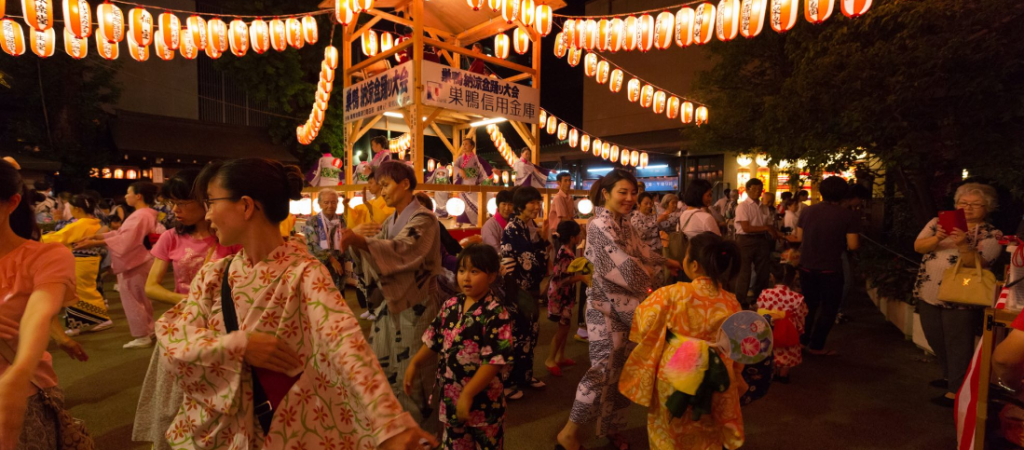
Lesson 51 Automotive Industry
Topic Question: Why are Japanese Cars Known for Their Quality and Innovation?
▮ Try Answering the Question Yourself
Consider what makes Japanese cars stand out in terms of quality and innovation. Think about their design, technology, and manufacturing processes.
▮ Sample Answer
“Japanese cars are known for their quality and innovation due to their advanced technology, reliable manufacturing processes, and attention to detail. These cars often feature cutting-edge safety features, fuel efficiency, and durability, making them popular worldwide.”
▮ Words to Learn and Their Meanings about Sample Answer
- Advanced technology (先進技術): Highly developed technical innovations used in processes or products.
- Reliable (信頼できる): Capable of being trusted to do or provide what is needed or promised.
- Manufacturing processes (製造工程): The methods and steps taken to produce goods from raw materials.
- Safety features (安全機能): Components or systems designed to prevent accidents or injuries.
- Durability (耐久性): The ability of a product to remain functional and maintain its appearance over time without breaking or deteriorating.
▮ Answer the Instructor’s 3 Questions Based on the Sample Answer
- Why are Japanese cars considered reliable?
- What kind of technology is used in Japanese cars?
- How do safety features and durability contribute to the popularity of Japanese cars?
▮ Mastering Middle School English Grammar:
She said that… He told me that…
Present
I’m en1oy1ng my new job.
My father isn’t very happy.
Past
Diane said that she was enjoying her new job.
She said that her father wasn’t very happy.
Present
We’re going to buy a house.
Past
Sarah and Tim said that they were going to buy a house.
Present
I have to leave early.
My sister has gone to Australia.
Past
Peter said that he had to leave early.
He said that his sister had gone to Australia.
say and tell
say(→said)
● He said that he was tired.
(not He said me)
● What did she say to you?
(not say you)
We say he said to me, I said to Ann, etc.
but not “he said me,”” l said Ann.”
tell(→told)
● He told me that he was tired.
(not He told that)
● What did she tell you?
(not tell to you)
We say he told me, I told Ann, etc.
but not l “he told to me,” “I told to Ann.”
Example Sentences Based on the Grammar Practice and Sample Answer:
- Using ‘said’ in past tense:
After visiting Japan, Martin said that he was amazed by the advanced technology used in Japanese cars. He mentioned how this technology contributes to their quality and innovation. - Using ‘told’ in past tense:
Julia told me that she had read about the reliable manufacturing processes of Japanese cars. She was impressed by the attention to detail that ensures their durability and fuel efficiency. - Combining information with ‘say’ and ‘tell’:
My brother said that the safety features of Japanese cars are what make them stand out globally. He told me that after researching, he found that these cars often come equipped with cutting-edge technology that is not only innovative but also prioritizes the safety of the driver and passengers.
Make Sentences Based on the Above Example Sentences Yourself:
























